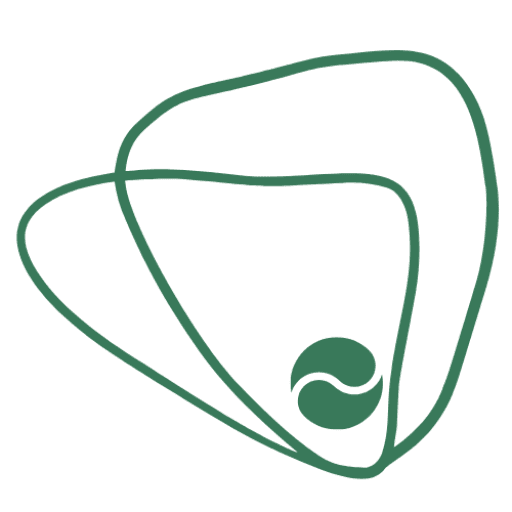What Are Classical Formulas?
What Are Classical Formulas?
In Traditional Chinese Medicine (TCM), classical formulas, or Jing Fang (经方), are a fundamental aspect of herbal treatment. These formulas are time-honored combinations of herbs that have been meticulously developed and tested over centuries. They are highly regarded for their precise structure, minimal but potent ingredients, and proven efficacy.
Definition of Jing Fang
Narrow Sense:
In a narrow sense, Jing Fang refers specifically to the formulas recorded in the Han Dynasty by Zhang Zhongjing in his seminal work, “Shang Han Za Bing Lun” (Treatise on Cold Damage and Miscellaneous Diseases). These formulas are characterized by their rigorous structure and precise herbal combinations, often involving fewer herbs but achieving highly effective results. The classical formulas from this era are celebrated for their targeted approach and superior therapeutic outcomes compared to later-developed formulas.
Broad Sense:
In a broader sense, Jing Fang encompasses not only the formulas from the Han Dynasty but also includes those developed up until the Qing Dynasty. These are formulas that share similar characteristics with the original Jing Fang, such as a well-defined structure, minimal yet powerful ingredients, and a track record of long-term efficacy. These formulas have been extensively validated over centuries of clinical use, earning their place as classical formulas.
The Importance of Classical Formulas
Although the practice of TCM can be broadly categorized into two main schools—Jing Fang (Classical Formulas) and Shi Fang (Modern Formulas)—the distinction is not as crucial as the practitioner’s skill and insight. A proficient TCM practitioner, regardless of their preferred school, is capable of diagnosing and treating diseases effectively.
Insight and Expertise:
The true value lies in the practitioner’s depth of understanding and ability to discern the most suitable treatment approach. A practitioner with profound insight into TCM principles can skillfully apply classical or modern formulas as needed, ensuring the best outcomes for their patients.
Unified Principles:
Interestingly, research shows that many modern formulas (Shi Fang) derive significant influence from classical formulas (Jing Fang). It is estimated that about 40% of the ingredients and structures in modern formulas can be traced back to classical ones. This indicates that the foundational principles of TCM remain consistent, regardless of the era or specific formula used.
Characteristics of Classical Formulas
- Structured and Precise:
Classical formulas are known for their meticulous composition. Each herb is carefully selected for its specific role and synergy with other herbs in the formula. This precision ensures that the formula addresses the root cause of the disease effectively. - Minimal Ingredients:
Unlike some modern formulas that may use a large number of herbs, classical formulas often rely on fewer ingredients. This minimalistic approach reduces the potential for side effects and interactions, focusing on the most potent and essential herbs. - Proven Efficacy:
The efficacy of classical formulas has been proven over centuries of use. Their long-standing success in treating various ailments is a testament to their reliability and effectiveness.
Conclusion
Classical formulas, or Jing Fang, represent the essence of Traditional Chinese Medicine’s approach to herbal treatment. Whether in the narrow sense, referring to Zhang Zhongjing’s original formulas, or in the broader sense, encompassing validated formulas from the Han to Qing Dynasties, Jing Fang remains a cornerstone of TCM. The true measure of effective treatment lies not in the strict adherence to a particular school but in the practitioner’s ability to apply their profound knowledge and insight. By understanding and utilizing these classical formulas, TCM practitioners can provide targeted, effective, and reliable treatment to their patients, maintaining the integrity and wisdom of this ancient medical tradition.
